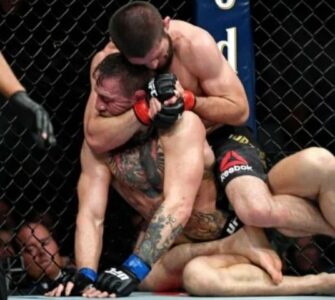John Danaher has long been one of the most respected personalities in the bjj community. Since joining the social media the coaching master shared a variety of very good advice on many training related topics.
His keen insight into how players adapt to bjj has been groundbreaking. Recently he dealt with the biggest problems of people when they start bjj:
Stay compact: Probably one of the biggest problems beginners in jiu jitsu face is that of extending their bodies at times that make them very vulnerable to attack.
Most of the fundamental postures of jiu jitsu, particularly the defensive ones, involve CONTRACTION of the body – spine rounded, elbows and knees tucked in tight. Learning to trust in this contraction as the best means of slipping your limbs INSIDE your opponent’s limbs as the most high percentage route to escape and evasion is a big step for the beginner in jiu jitsu.
As you progress the problem will change from that of GETTING TO a safe contracted posture to that of MAINTAINING this strong posture throughout the course of a long tough match against a skilled opponent who is doing everything he can to subvert that posture – either way, learning and fighting to keep your limbs in tight at the appropriate time will be a constant theme of your training.
Just as a good boxer constantly keeps his chin tucked, shoulders high and rounded to protect his jaw and elbows in tight to protect his torso when in danger; so a good jiu jitsu player puts his or her primary effort into sound defensive structure before anything else. Here, young Nicky Ryan presents me with a wall of knees and elbows that prevents me exploiting the angle I have gained. His well rounded spine will give him the mobility he needs to quickly recover his legs and square up to me so that he can immediately shift from a defensive cycle to an offensive one. Posture before all – and in defense – when in doubt – contract and pull everything in tight.

















